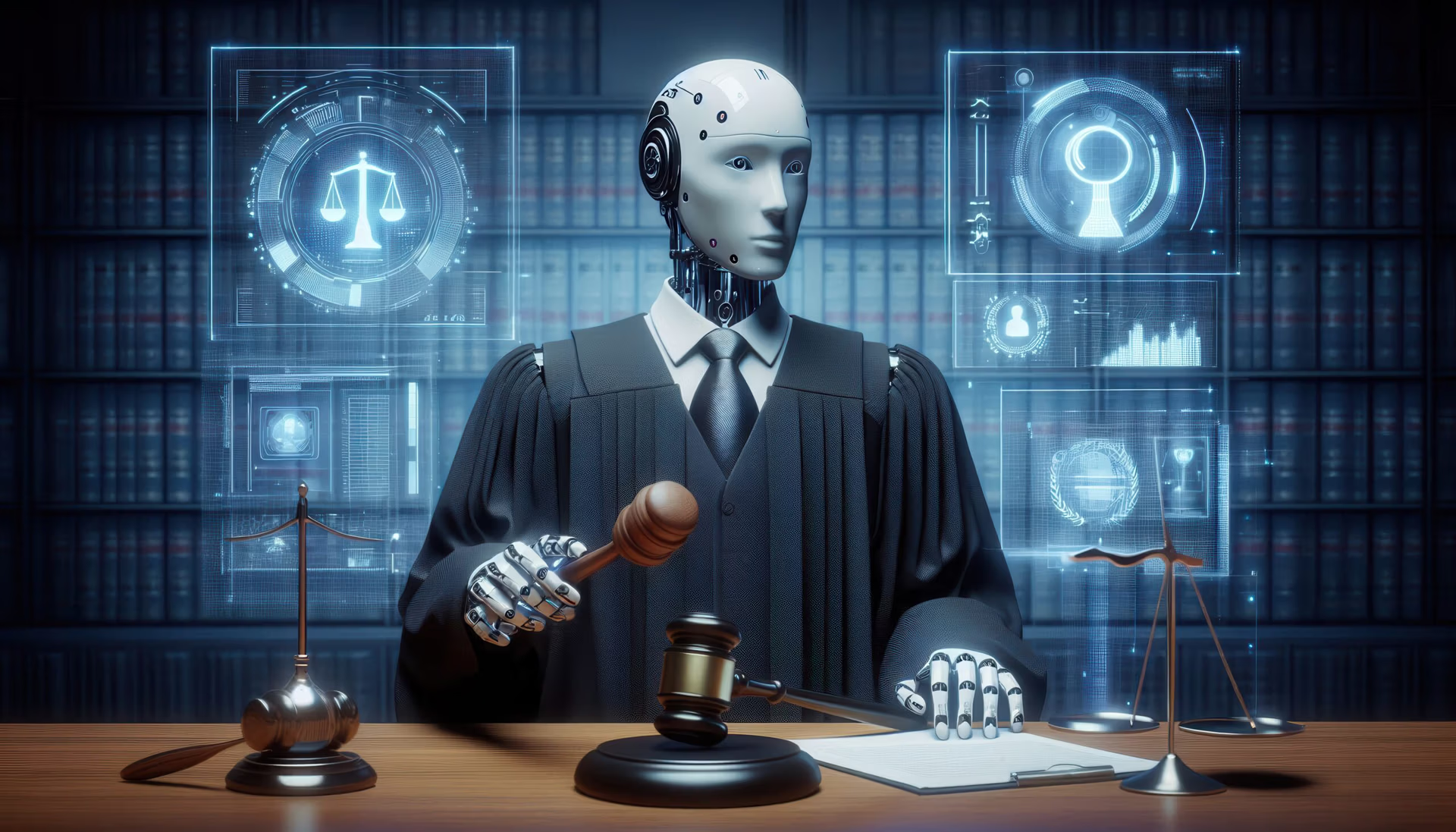Is artificial intelligence really capable of grasping legal reasoning? As the use of artificial intelligence tools becomes more widespread in the legal field, whether for document retrieval, case law analysis or automatic translation. A key question remains: do these technologies manage to grasp the substance of what they are processing, or are they limited to manipulating words without any real understanding of meaning?
In the legal field, comprehension is more than just reading: it requires interpretation of logic, detection of underlying intentions, and reasoning by analogy or contradiction. There are many mechanisms that AIs, no matter how sophisticated, are still struggling to reproduce.
In this article, we examine the capabilities (and limitations) of artificial intelligence in terms of legal reasoning, looking at practical examples from the contractual and specialized translation fields. We will examine how an instrument such as Lexa, developed specifically for legal professionals, strikes a balance between speed of execution and legal precision.
What AI understands today
Artificial intelligence models are now capable of handling large volumes of legal information. They are able to identify elementary logical structures: conditions, results, sequences, exclusions or cross-references. In many scenarios, artificial intelligence is capable of producing a precise specialized translation, reformulating a standard legal clause or interpreting terms in their direct context.
Let's take a simple contractual example: "If the supplier has not delivered within 30 days, penalties will automatically be applied, except in cases of force majeure."
A properly trained artificial intelligence will be able to grasp the conditional structure, isolate the time-related elements, understand the concept of exception and propose an accurate translation or reformulation. It can also identify that this provision corresponds to a model of conditional contractual liability, which appears in a variety of commercial contracts.
Artificial intelligence is also capable of cataloguing legal documents according to type (contract, judgment, regulation, internal memo), identifying key elements (names of parties, dates, amounts) or making basic matches between articles of law and paragraphs of text. In this way, it can be said to "understand" formal schemes.
However, this understanding remains superficial: it is based on statistical correlations rather than on a desire for legal interpretation.
What AI doesn't yet understand
Legal reasoning often involves reading between the lines, making interpretative choices or manipulating abstract concepts. Artificial intelligence is not yet capable of handling situations with several possible interpretations, nor of predicting indirect legal repercussions.
Take an ambiguous clause: "The company may, at its sole discretion, terminate the contract in the event of a significant change in the shareholder structure."
The term "significant change" is not defined. A lawyer will see it as a negotiable element, subject to interpretation depending on the economic or strategic context. An AI, on the other hand, will have no guidelines for dealing with this indeterminacy. It may propose a translation that is too precise or, on the contrary, too vague.
As with jurisprudence, AI has yet to establish the hierarchy of norms or analogical reasoning. It will find it difficult to detect the biased reasoning behind a decision, or to apply a logic of reasoning to a slightly different case.
Ultimately, AI is capable of processing explicit rules, but it still encounters difficulties in contextual interpretation, as well as cultural or argumentative subtleties.
Lexa: between simulated understanding and legal rigor
Unlike general-purpose AI, Lexa has been specifically developed to operate in the field of law. It does not act as a substitute for the lawyer, but precisely mimics the structures and logic inherent in the law.
Lexa identifies legal formulations at two levels: conditional obligations, non-competition clauses, temporal scopes, reservations, exclusions, etc. It is also capable of identifying areas of risk or terms likely to be ambiguous. It is also able to identify areas of risk or terms likely to be ambiguous.
For example, in a clause such as: "Confidentiality obligations will survive termination of this contract for a period of three years."
Lexa recognizes that this is a fixed-term post-contractual clause and can adjust the structure in the desired language without compromising its logic.
It is trained on authentic legal documents (contracts, statutes, case law) rather than texts intended for the general public. It uses sector-specific principles (tax, corporate, litigation) while maintaining logical consistency, even in sophisticated documents.
Case studies: style, logic, interpretation
Lexa has been used successfully in several situations where conventional AI would have produced approximate results:
- Stylistic subtlety: in a partnership contract, Lexa has respected the nuance between shall and may, precisely translating the terms of obligation or faculty, without ever generalizing or weakening the contractual intent.
- Contractual logic: in a bilingual document, Lexa detected an inconsistency between two separately translated clauses (one creating an obligation, the other denying it), and alerted the user.
- Implicit interpretation: in a French-English court decision, Lexa maintained the term consideration with a contextual note to explain its specificity in Common Law, rather than proposing a misleading "translation".
Artificial intelligence doesn't grasp legal reasoning in the same way as a lawyer. It doesn't grasp subtleties, doesn't rank arguments by importance, doesn't judge the significance of an allusion. However, a specialized AI such as Lexa can become a valuable aid: it organizes, controls, renders and warns. It does not replace the interpreter, but it does prevent misunderstandings.
In a legal environment where rigor is paramount, Lexa offers a balance between reliable automation and adherence to the thought process. It does not capture the human aspect of the law, but manages to transcribe its logic without ever betraying its meaning.




